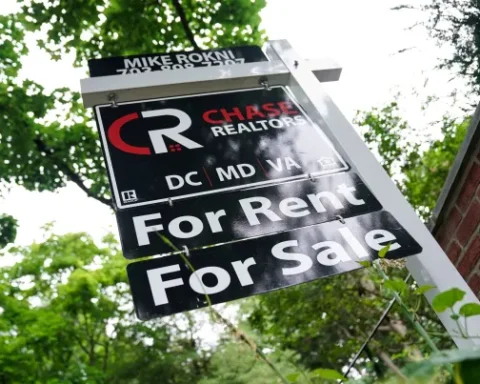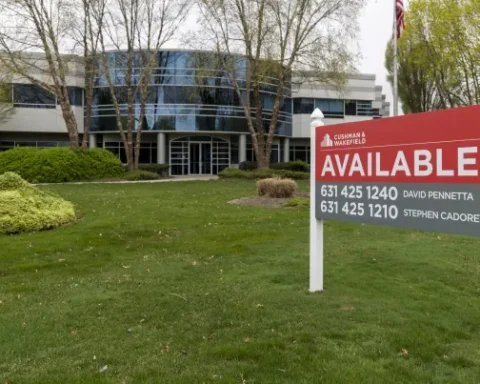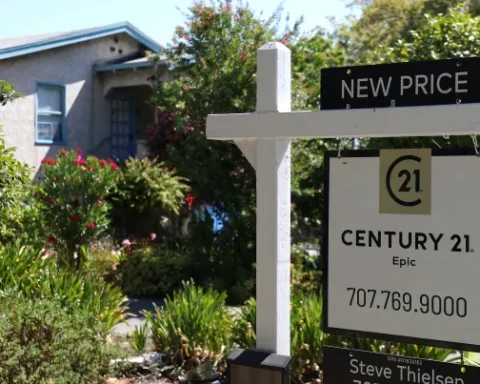In the ever-evolving landscape of the American dream, owning a home has become increasingly challenging, particularly when compared to the financial realities faced by previous generations. A recent study by Clever, a real estate data company, has shed light on a stark reality: home prices have soared 2.4 times faster than inflation since the 1960s. This disparity has profound implications for prospective homebuyers, signaling a shift in the economic fabric that underpins homeownership in the United States. “While inflation is 10 times higher now than 60 years ago, home prices are 24 times more expensive,” the study reveals, painting a picture of a market that has outpaced the economic growth experienced by the average American.
The crux of the issue lies in the disparity between the inflation-adjusted price of homes and their actual market value. If home prices had increased in tandem with inflation since 1963, the median price of a typical U.S. house would be $177,511. However, reality tells a different story, with the median home price now reaching $412,778, according to Redfin. This discrepancy underscores a fundamental shift in the housing market. Matt Brannon, a data writer at Clever and the report’s author, succinctly encapsulates: “Today, it’s harder for adults to buy homes than it was for their parent’s generation.”
The factors contributing to this rapid increase in home prices are multifaceted. Supply and demand dynamics, compounded by zoning restrictions and the inherent time and cost
The time it takes to construct new homes has significantly influenced the market. Brannon explains, “When demand for other consumer products increases or increases, it’s usually not too hard for people to scale up supply. Whereas houses take months to build at a time.” This insight highlights the unique challenges the housing industry faces, where the average time to complete a newly built single-family home is about 9.6 months, according to the 2022 Survey of Construction by the U.S. Census Bureau.
The policy landscape responds to these challenges with initiatives to mitigate the affordability crisis. President Biden’s announcement of a plan to cut housing costs, boost supply, and expand access to affordable housing, alongside proposals for a mortgage relief credit, represent significant steps toward addressing the issue. “It’s encouraging that the administration is looking at a range of options to expand housing supply,” said Brannon, feeling optimistic about the potential for these interventions to ease the burden on American homebuyers.
The need for comprehensive solutions has never been more apparent as the nation grapples with the realities of a changing housing market. The journey toward affordable homeownership is fraught with challenges. Still, through targeted policy measures and a commitment to addressing the underlying causes of price inflation, there is hope for a more accessible future. The data presented by Clever offers a crucial perspective on the economic forces at play, serving as a call to action for policymakers, industry stakeholders, and prospective homeowners alike.







